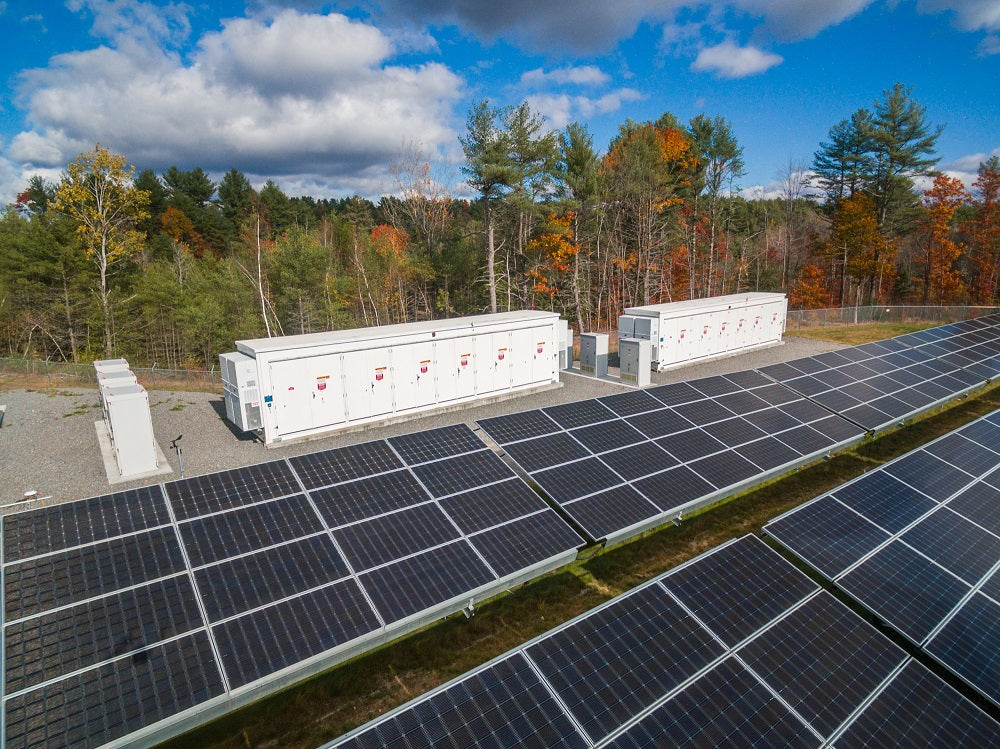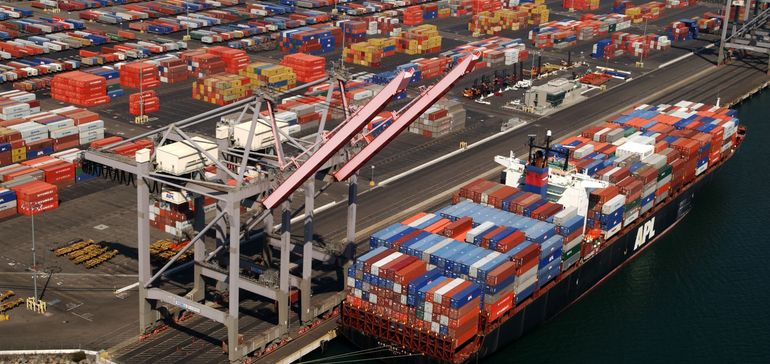https://en.solarbe.com/home/article/info/catId/49/id/5911.html
As Europe Changes Solar Manufacturing, Overcapacity Risks Loom
The European Solar Manufacturing Council (ESMC) has welcomed the forthcoming EU strategy for solar energy as the framework for building long-term competitiveness and critical mass of PV manufacturing capacities in Europe.

This is crucial for reducing strategic dependencies, ensuring energy security and boosting the economic growth of the EU, states the council.
As the European-wide organisation of PV manufacturers, ESMC provides the following 5 policy proposals as the critical elements necessary to be included and reflected in the EU strategy for solar energy:
1. A GW-scale target for EU PV manufacturing should be defined. Such a strategic goal will help to demonstrate the current PV manufacturing gap in Europe. As soon as possible, 75% of deployed or installed PV capacities should be produced within the EU, reaching at least 35 GW of European PV production capacities in 2025 and 100 GW in 2030 (15% of expected global PV manufacturing capacities).
2. A special strategic financial vehicle of € 2-5 billion in the form of state credit guarantees should be implemented immediately in order to unlock the financial capital for the development, implementation and scale-up of the EU PV manufacturing industry. These measure should be targeted for the scale-up period of mass production based on the world leading European PV innovations and technologies.
3. An Important Project of Common European Interest (IPCEI) for PV manufacturing should be acknowledged as a parallel potential financial support measure. An IPCEI for PV manufacturing would solve partly the financial capital issue in specific projects during the forthcoming years, as this measure respecting the European Commission and Member States current support instruments could be potentially implemented in the second half of 2023.
4. The establishment of PV manufacturing capacities in the EU should be subject to simplified administrative and permitting conditions in the respective Member States. While the European Commission and Member States are addressing the permitting and planning conditions for PV installations, the establishment of PV manufacturing facilities should be also aligned with the most preferred planning and permitting status (e.g. free economic zones, tax exemptions, etc.) including the creation of preferential treatment system.
5. The development of policy measures such as Ecodesign criteria, Carbon Border Adjustment Mechanism, and more balanced import taxes should be priority actions in addressing the issue of unfair global competition for the European PV manufacturing industry and to ensure the level-playing field for the European and global PV manufacturing industry. Effective PV manufacturing standards, both environmental (including carbon footprint, principles of circularity and recyclability) and social/labour standards should be credited.
Along the adoption of the EU strategy for solar energy, ESMC has proposed to prepare an action plan for the re-establishment of PV manufacturing capacities in the EU, which would be subject to constant high- level political and industrial monitoring for the forthcoming 3 years – during the critical timeframe for the PV manufacturing industry in the EU.
While the project is aimed at increasing European PV manufacturing capacity, it may lead to a global overcapacity, given the existing capacities, and plans for expansion in countries like China, India, and the US. According to Asia Europe Clean Energy (Solar) Advisory Co. Ltd, demand for solar PV in China could easily surpass 100 GW in 2022, leading to a massive overcapacity situation in the production sector. At present, China accounts for 61% of the global solar module manufacturing capacity, which stands at 358 GW.
India’s current manufacturing capacity of ~18GW is less than the annual capacity addition of the top individual Chinese PV brands. Jinko Solar for instance shipped close to 22 GW in 2021-22 itself. The government’s Production-Linked Incentive (PLI) scheme for integrated PV manufacturing with initial outlay of Rs4,500 crore, plus the additional allocation of Rs19,500 crore in Budget 2022, is estimated to increase the combined potential to produce at least 40GW of solar modules.
Moreover, the US Department of Energy’s (DOE) Solar Energy Technologies Office (SETO) aims to increase new U.S. PV manufacturing capacity by 1 GW per year and installed solar hardware to contain at least 40 percent domestic value.
What developed markets like Europe and the US could actually be doing is focus on backward integration of solar panels, something India is trying. It is not the Chinese dominance in Modules that hurts, it is the Chinese dominance in polysilicon (the starting raw material ), going right up to cells and wafers that impacts other markets. These processes, which are much more capital and technology intensive than module manufacturing, are where non-China markets need to focus on probably.



